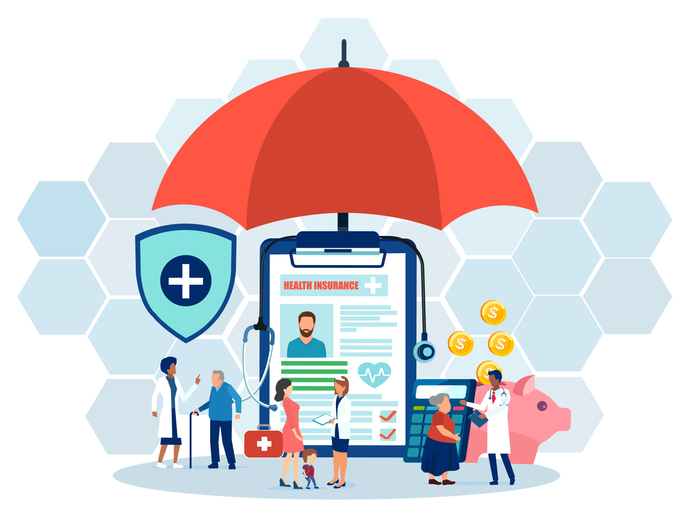It’s not just for entertaining videos of cute kids and kittens anymore.
YouTube is the second most popular social site for professional networking among physicians, RNs and allied healthcare professionals, according to a new (PDF) survey of 2,790 healthcare professionals conducted by AMN Healthcare.
All in all, nearly half of the healthcare professionals surveyed use social media for professional networking. Facebook was the most popular outlet among respondents, followed by YouTube and then LinkedIn.
What’s with all the love for YouTube?
An article in American Medical News suggests a key point: YouTube is a great place to identify initial connections and resources, whereas the actual person-to-person interaction will then likely take place through Facebook or LinkedIn.
Because YouTube videos are search-engine friendly, healthcare professionals might be more likely to come across them while doing Web searches. From there videos can easily be shared through the other networks like Facebook, Twitter and LinkedIn.

A Deep-dive Into Specialty Pharma
A specialty drug is a class of prescription medications used to treat complex, chronic or rare medical conditions. Although this classification was originally intended to define the treatment of rare, also termed “orphan” diseases, affecting fewer than 200,000 people in the US, more recently, specialty drugs have emerged as the cornerstone of treatment for chronic and complex diseases such as cancer, autoimmune conditions, diabetes, hepatitis C, and HIV/AIDS.
Videos connect people more than other outlets, suggested AMN’s President of Health Care Staffing Ralph Henderson in the article, so it’s a good place for healthcare professionals to look for advice, success stories or personal experiences from others like themselves. It’s also a good place to share their own experiences and expertise, both for the benefit of patients and for other professionals like themselves.
A Manhattan Research Group study from earlier this year found that one-fourth of physicians were interested in watching videos to gain information about a specific prescription drug or treatment, so YouTube is also a good resource for scoping out demos of new technologies or procedures. It’s also a way for doctors to catch up on information presented at industry conferences or events that they might have missed.
The way in which hospitals have adopted YouTube to show off their thought leaders, specialties and technologies makes it a good resource for a nurses, doctors and healthcare administrators to learn about potential employers too.
Or, who knows, they could just be watching cats play the keyboard. But probably not.
[Graph from AMN Healthcare]














